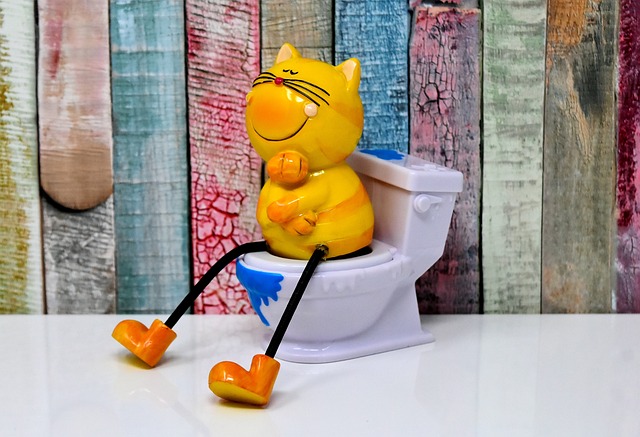As a cat owner, you may have encountered some behavior issues with your feline companion. From scratching furniture to biting and other unwanted behaviors, these issues can be frustrating for both you and your cat. The good news is that many of these issues can be solved with a little patience, understanding, and some simple changes to your cat’s environment and routine. In this article, we’ll explore some of the most common behavior issues in cats and provide tips on how to solve them.
1. Scratching Furniture

Scratching is a natural behavior for cats. They use their claws to mark their territory, stretch their muscles, and keep their claws sharp. However, when cats scratch furniture, walls, or other household items, it can be frustrating for their owners.
The solution to this problem is to provide cats with appropriate scratching surfaces. You can buy scratching posts or pads, or even make your own using materials like cardboard or sisal rope. Place the scratching post in a prominent location and encourage your cat to use it by using toys or treats.
If your cat continues to scratch your furniture, try placing double-sided tape or aluminum foil on the areas they like to scratch to deter them. Trimming your cat’s nails regularly will also help to reduce the damage caused by scratching.
2. Litter Box Avoidance

Litter box avoidance is another common behavior issue in cats. There are many reasons why a cat may avoid their litter box, including a dirty box, a medical issue, or stress. If your cat is avoiding their litter box, the first step is to make sure it’s clean, easily accessible, and in a quiet location. You may also want to try a different type of litter or litter box.
If your cat continues to avoid their box, it’s important to take them to the vet to rule out any medical issues. If there are no medical issues, your cat may be experiencing stress or anxiety. Make sure your cat has plenty of playtime and attention and consider adding additional litter boxes in different locations to give your cat more options.
3. Aggressive Behavior

Cats can become aggressive for many reasons, including fear, anxiety, or territoriality. If your cat is exhibiting signs of aggression, such as hissing, biting, or scratching, it’s important to identify the cause. Aggressive behavior in cats can be dangerous and should be addressed as soon as possible.
If your cat is exhibiting aggressive behavior, it’s important to identify the trigger and address it. Start with a thorough veterinary exam to rule out any underlying medical conditions. If your cat is aggressive towards other cats, make sure they have separate spaces and resources. If your cat is aggressive towards people, make sure they have plenty of space and feel safe.
It’s important to never punish an aggressive cat, as this can make the behavior worse. Instead, try positive reinforcement by rewarding good behavior with treats or toys. Make sure to provide your cat with a safe space. If your cat is feeling threatened or stressed, they may lash out with biting or other aggressive behaviors. Providing them with a safe space where they can retreat can help.
4. Excessive Meowing

If your cat is meowing excessively, it may be a sign of boredom, hunger, or medical issues. First, make sure your cat has plenty of toys, scratching posts, and other forms of enrichment to keep them entertained. Cats need plenty of mental and physical stimulation, so providing toys and playtime can help to reduce excessive meowing.
If your cat is meowing for food, consider changing their feeding schedule or providing small, frequent meals throughout the day. Is your cat is meowing for attention? Try spending more quality time with them each day or providing them with a companion cat to play with. If you have provided your cat with everything it might need, but it doesn’t stop the behavior, make sure to check with the vet to rule out underlying medical conditions.
The Bottom Line
Behavior issues in cats can be frustrating, but with a little patience and understanding, many of these issues can be solved. By identifying the cause of the behavior and providing appropriate solutions, you can enjoy a happy and healthy relationship with your feline companion. Remember, patience and consistency are key when it comes to solving behavior issues in cats and don’t hesitate to seek help from professionals when necessary.
Royal beds, food Mats & Art for your cat
The snobbiest designs for your royal kitty!

